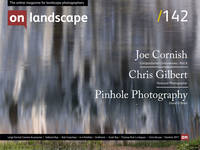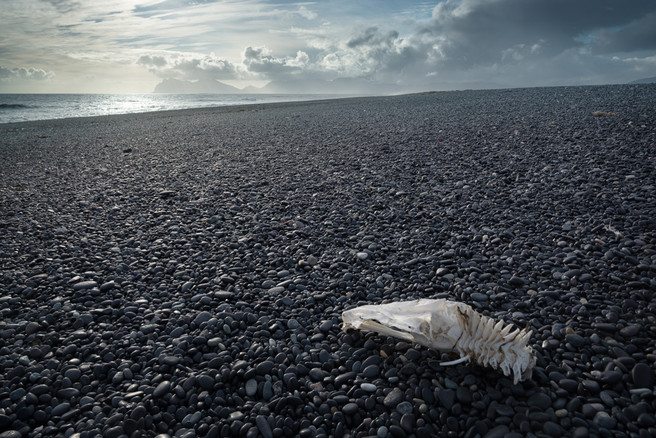Part 6: Depth and Flow
There’s no denying that it’s a lot easier to describe and analyse ideas like “Rule of Thirds, “Leading Lines” and “Negative Space” than the challenge set for this article. But it would be irresponsible not to address these two ideas, Depth, and Flow in any series that aspires to illuminate photographic composition. These are certainly not Rules of Composition in the conventional sense. But are they Considerations? You bet.
Quite simply, most of the time Depth is a non-negotiable essential characteristic of landscape photography. To make pictures that engage us (as photographers…never mind any imaginary audience) we strive to evoke the physical space and depth that we experience in the landscape, whether deliberately or subconsciously. Many of the tactics and devices of composition are there to serve this underlying purpose.
Especially for landscape photographers – whose images cannot rely on the theatre of human activity or wildlife behaviour and form – evoking space, depth, and the physicality of the landscape inevitably becomes a primary objective.
Depth is often thought to be the inevitable by-product of using a wide angle lens. While wide angle images may indeed exaggerate space and make the superficial appearance of depth of field greater, none of these characteristics matter nearly as much as the perspective created by camera position and the relationships established by framing, whatever the lens.
Depth may be understood as recession, the depiction of space, the modelling of three-dimensional form. Depth may be measured in millimetres in the macro world or many miles in the mountains. Depth may be enhanced by atmosphere, whether fog, mist or haze (so-called aerial perspective).
There is a curious and perhaps unexpected side effect of the successful evocation of depth and that is the promise of emotional depth as well. This is an immeasurable quality, but anecdotally it can be argued that spatial and physical depth is alluring, involving and ultimately more inclined to engage the emotions.
While depth may be more or less understandable, the notion of flow is more elusive. But flow significantly contributes to depth, hence presenting the two themes together. Flow could also be thought of as ‘energy’, the life force of the image. Because it is often associated with three-dimensional features it makes sense to consider it in relation to depth. Flow may be evoked by line, by space, by light. As we (the viewer) interact with an image, we explore it in the obvious two dimensions within the frame, but the illusory depiction of space – depth – makes flow a three-dimensional consideration too. In landscape, the way elements ‘face’ in relation to the frame edges and to other elements can also have a decisive effect on flow.
Flow might be smooth and fluid, calm and relatively static, or staccato and unsettled. Flow is not an absolute, just as river water is influenced by gradient, stream-bed conditions, volume and atmospheric effects. It is formed from the complex web of visual relationships which artists inevitably understand on some conscious or subliminal level.
With all this preamble, perhaps it’s time to investigate a few pictures and see how depth and flow are depicted, more or less successfully…
Estrahorn, Iceland
You can read the previous five articles in the series by Joe:
Compositional Controversies Part 1: Simplicity vs Complexity
Compositional Controversies Part 2: Rule of Thirds
Compositional Controversies Part 3: Aspect Ratio Wars



